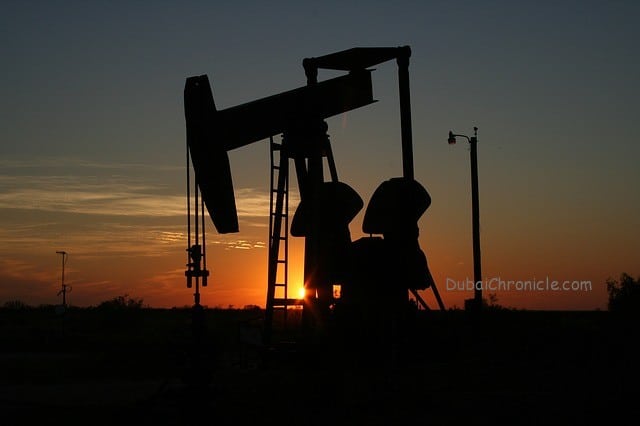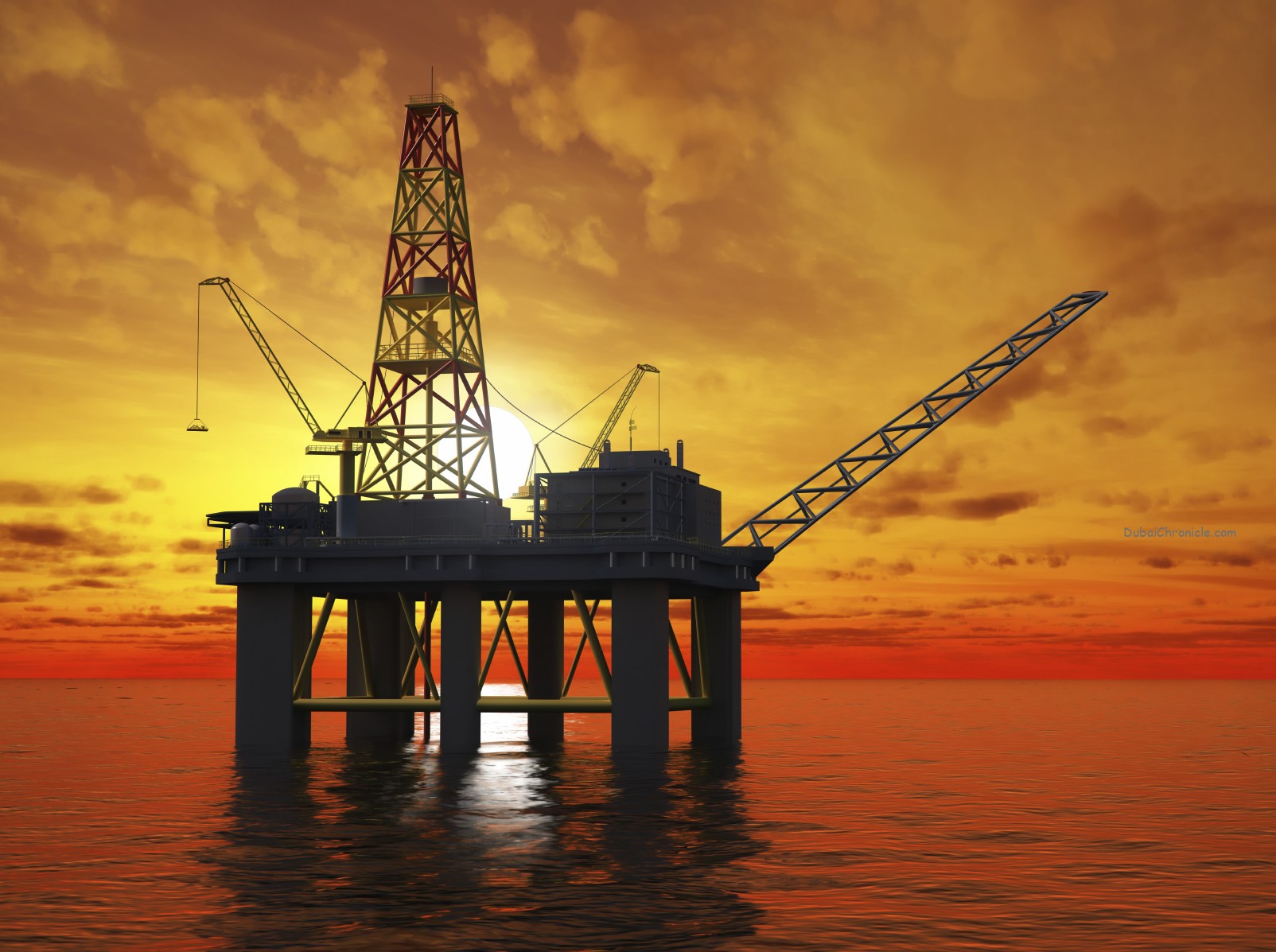
Bears are known for hibernating, but its the bulls in the oil market that might as well settle in for a long nap, according to Wells Fargo.
The bank expects the current bear market for oil to last another five to 10 years, Wells Fargo Investment Institute analyst Austin Pickle wrote in a new research note. During that time, U.S. West Texas Intermediate crude prices are likely to remain stuck between $30 and $60 a barrel.
If that call is correct, it means there’s little upside for WTI, which came just 2 cents shy of its 2017 high of $55.24 on Wednesday.
Supercycle bear markets typically last 20 years, but this one may not run that long, according to Pickle. These prolonged slumps have been shortening over the course of the last century. The last commodity bear supercycle lasted about 16 years from 1983 to 1999.
“Why do bear markets last so long? After the excesses of the bull market, and the wake-up call of a spike in bust rate, the companies that remain cut costs anywhere they can, prioritize investments, and become more efficient,” Pickle wrote.
“Money is no longer being thrown at every imaginable oil play, and only the most cost-effective oil producers remain. As a result, the remaining companies survive low oil prices for longer,” he said.
The current cycle, sparked by a “flash flood of production” as U.S. drillers learned to extract oil and gas from shale rock formations, sent prices spiraling to $26 a barrel in February 2016 from more than $100 a barrel in the summer of 2014.
“Bear markets in commodities are a consequence of human behavior in the preceding bull market. Higher prices invite investment in new technology (such as shale oil extraction) — and then production, production and more production — until, eventually, supply overwhelms demand,” Pickle said.
The bear market in oil has already gone through the first step of the healing process: weeding out the weakest players. Roughly 22 percent of exploration and production companies went bust during this phase, compared with about 26 percent in the 1986 oil price crash, according to Wells Fargo.
But the second step of the process — crude stuck within a certain range of prices — typically drags on for years, Pickle warned. It lasted more than 12 years from the ’86 crash to the start of the new bull market in 1999 during the previous bear supercycle. So far, the current downturn is following the same price trend.
The last step is exasperation, when companies and investors, exasperated by years of little to no profits, throw in the towel. Drillers shut down and investors look for other opportunities. As investment in the industry dwindles, demand for the commodity overtakes supply, and a new bull market is born.



































